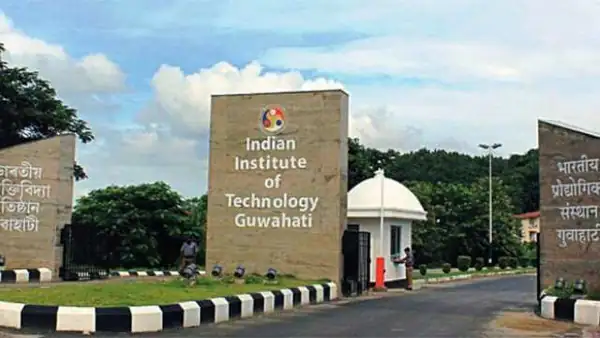IIT Guwahati and ISRO Researchers Uncover Secrets
In a groundbreaking collaboration, researchers from the Indian Institute of Technology Guwahati (IIT Guwahati) and the UR Rao Satellite Centre of the Indian Space Research Organisation (ISRO) have achieved a remarkable feat. For the first time, they have detected polarised emissions from a black hole source beyond our Milky Way galaxy, utilizing the innovative technique of X-ray polarimetry.
At the center of this discovery lies the binary star system, Large Magellanic Cloud X-3 (LMC X-3). Comprising a black hole and a significantly hotter, larger, and more massive normal star than our Sun, this system resides in a satellite galaxy nearly 200,000 light-years away from Earth. Since its identification in 1971, various satellites have observed LMC X-3.
Despite decades of observation, a critical gap existed in comprehending the polarization properties of X-rays emitted by highly energetic celestial objects such as stellar mass black holes. The recent breakthrough addresses this gap, shedding light on the intricate characteristics of X-ray emissions.
Professor Santabrata Das from the Department of Physics at IIT Guwahati emphasizes the significance of X-ray polarimetry as a unique observational technique. He explains how it unveils the origins of radiation near black holes, particularly in the case of LMC X-3, which emits X-rays 10,000 times more powerful than those from the Sun. The interaction of these intense X-rays with the surrounding material alters polarization characteristics, providing insights into the gravitational forces drawing matter towards black holes.
The researchers employed The Imaging X-ray Polarimetry Explorer (IXPE), NASA’s pioneering mission designed to study the polarization of X-rays from celestial objects. Simultaneously, they utilized data from the Neutron Star Interior Composition Explorer (NICER) Mission and the Nuclear Spectroscopic Telescope Array (NuSTAR) Mission to further constrain the spin of LMC X-3.
Novel Findings: Black Hole Characteristics Revealed
Anuj Nandi, Scientist at UR Rao Satellite Centre (URSC), ISRO, highlights the significance of intense gravitational fields in causing emitted light from black holes to become polarized. The observations indicate that LMC X-3 likely harbors a black hole with a low rotation rate, surrounded by a slim disc structure responsible for the polarised emissions.
This groundbreaking discovery not only opens new avenues for investigating black hole sources but also deepens our understanding of the intricate nature of astrophysical phenomena.





